Can Cats Eat Hazelnuts? A comprehensive Guide
As a caring cat owner, you always try to provide the best diet for your cat. A common question that arises is, “Can cats eat hazelnuts?” Understanding the potential health effects, both positive and negative, of adding hazelnuts to your cat’s diet is vital to their health.
In this detailed guide, we will discuss cats and hazelnuts and their health impacts ( Benefits and Risks ) on cats. Additionally, we will also discuss more different questions about cats and hazelnuts. So let’s get started.
Nutritional Content Of Hazelnuts.
Check the table for the nutritional content of hazelnuts.
| Nutrients | Amount in 100 g |
| Protein | 15 g |
| Carbohydrate | 17 g |
| Fat | 61 g |
| Vitamin C | 6.3 mg |
| Potassium | 680 mg |
| Calcium | 114 mg |
| Iron | 4.7 mg |
Can Cats Eat Hazelnuts?
Yes, cats can eat hazelnuts, but it is not the best treat for them. While a small piece won’t hurt them, it’s not something they need in their diet. Stick to cat-friendly snacks like tuna or catnip treats to keep them happy and healthy. Remember, a balanced diet is the key to keeping your furry friend happy!
Benefits Of Hazelnuts For Cats In Moderation
Hazelnuts may seem like a tasty snack for humans, but did you know that they may also offer some benefits for our feline friends? Let’s take a look at why hazelnuts can be beneficial for cats when given in moderation.
- Nutritional Value: Hazelnuts are packed with essential nutrients that can benefit your cat’s health. They contain protein, which is important for muscle growth and repair. Additionally, they provide healthy fats, including monounsaturated and polyunsaturated fats, which support your cat’s skin and coat health, as well as provide energy. Hazelnuts also contain fiber, which aids digestion and helps regulate bowel movements in cats.
- Healthy Fats: Cats need fat in their diet for a variety of physiological functions, including absorption of fat-soluble vitamins and maintenance of healthy skin and fur. The healthy fats found in hazelnuts, such as omega-3 and omega-6 fatty acids, contribute to your cat’s overall health by supporting these essential functions. These fats also play a role in reducing inflammation and promoting cardiovascular health.
- Fiber Content: Fiber is an important component of a cat’s diet because it helps maintain gastrointestinal health and regularity. Hazelnuts contain dietary fiber, which adds bulk to your cat’s stool and promotes healthy digestion. Adequate amounts of fibre can help prevent constipation and reduce the risk of gastrointestinal problems such as hairballs and diarrhea. However, it’s important to make sure your cat has access to fresh water while feeding fiber-rich foods to aid digestion.
- Vitamins and Minerals: Hazelnuts are rich in various vitamins and minerals that are essential for your cat’s overall health. Vitamin E, for example, acts as an antioxidant, helping to protect cells from damage caused by free radicals. It also plays a role in immune function and skin health. Hazelnuts also contain minerals such as magnesium and manganese, which are important for bone health, muscle function, and energy metabolism in cats.
- Texture and Dental Health: The crunchy texture of hazelnuts can provide dental benefits for your cat. Chewing hazelnuts helps promote dental hygiene by reducing the buildup of plaque and tartar on your cat’s teeth. This act of chewing also stimulates the gums and promotes healthy oral tissues. However, it’s important to offer hazelnuts in moderation to avoid excessive wear on your cat’s teeth and to watch for signs of tooth damage or discomfort.
- Enrichment and Mental Stimulation: Offering hazelnuts occasionally can provide your cat with enrichment and mental stimulation. Cats are curious creatures who enjoy exploring new textures and flavors. Introducing hazelnuts as a new snack can engage your cat’s senses and provide mental stimulation, which is important for their overall health. Encouraging natural behaviors like hunting and foraging through interactive play with hazelnuts can also help prevent boredom and promote a healthy, active lifestyle for your cat.
- Moderation is Key: Although hazelnuts can benefit cats, moderation is important. Too many hazelnuts can lead to excess calories, which can lead to obesity and other health problems. Also, some cats may have difficulty digesting or be allergic to nuts, so it is important to introduce hazelnuts slowly and monitor your cat for any adverse reactions.
Are Hazelnuts Poisonous To Cats?
Although hazelnuts can benefit cats, moderation is important. Too many hazelnuts can lead to excess calories, which can lead to obesity and other health problems. Also, some cats may have digestive problems or be allergic to nuts, so it’s important to introduce hazelnuts slowly and monitor your cat for any adverse reactions.
Potential Health Risks Of Hazelnuts To Cats
Let’s take a closer look at each of these health risks associated with hazelnuts for cats:
- Gastrointestinal Upset: Cats have sensitive stomachs and introducing unfamiliar foods like hazelnuts can upset their digestive system. Hazelnuts are relatively high in fat and fiber, which can be difficult for cats to digest. This can cause symptoms such as vomiting, diarrhea, abdominal pain, and discomfort. While mild gastrointestinal distress may not be an immediate cause for concern, persistent or severe symptoms warrant veterinary attention to prevent dehydration and further complications.
- Obstruction: Hazelnuts, especially if eaten whole or in large pieces, can cause a cat’s digestive upset. This is especially dangerous because it can block the passage of food and waste, causing severe pain, discomfort, and potentially life-threatening complications. Obstruction symptoms can include vomiting, diarrhea, lethargy, loss of appetite, abdominal bloating, and even collapse. Prompt veterinary intervention is essential to diagnose and treat intestinal obstructions.
- Pancreatitis: Hazelnuts are rich in fat, and excessive consumption can trigger inflammation of the pancreas, known as pancreatitis, in cats. Pancreatitis can cause severe abdominal pain, vomiting, diarrhea, lethargy, and decreased appetite. Left untreated, pancreatitis can lead to complications such as dehydration, organ failure, and even death. Cats with pancreatitis require veterinary care, including supportive therapy, pain management, and dietary modifications to manage the condition effectively.
- Allergic Reactions: Although allergies to hazelnuts are rare in cats, they can occur. Allergic reactions can manifest as itching, swelling, hives, difficulty breathing, and, in severe cases, anaphylaxis. It is important to monitor your cat closely for signs of an allergic reaction after exposure to hazelnuts and seek veterinary care immediately if symptoms appear. Identifying and avoiding allergens is critical to managing allergic reactions in cats.
- Toxicity: Although hazelnuts themselves are not toxic to cats, some additives or ingredients commonly found in hazelnut products can be harmful. For example, chocolate, often combined with hazelnuts in chocolate-covered hazelnuts or spreads, contains theobromine, a compound toxic to cats. Similarly, artificial sweeteners such as xylitol, found in some flavored hazelnut products, can cause rapid drops in blood sugar levels and liver damage in cats. It is important to read ingredient labels carefully and avoid feeding cats hazelnut products containing potentially harmful substances.
- Nutritional Imbalance: Feeding hazelnuts or hazelnut products to cats can disrupt their balanced diet and cause nutritional imbalances. Cats have specific nutritional needs, including a high-protein, low-carbohydrate diet. Hazelnuts, being high in fat and carbohydrates, can contribute to obesity, diabetes, and other health problems in cats if eaten regularly or in large amounts. It is important to feed cats a balanced diet designed to meet their nutritional needs and avoid feeding them foods that may harm their health.
- Dental Problems: Hazelnuts, being hard and crunchy, can cause dental problems in cats. Chewing on hard objects like hazelnuts can lead to broken teeth, gum disease, and other dental problems. Over time, untreated dental problems can cause pain, discomfort, and difficulty eating, which can affect your cat’s overall health and well-being. Regular dental checkups and providing proper dental care can help prevent dental problems associated with chewing hard objects like hazelnuts.
Signs Of Toxicity
Hazelnuts are generally considered safe for consumption and offer numerous health benefits when consumed in moderation. However, like any food, they can potentially cause adverse reactions or toxicity in some individuals. Here are some symptoms of hazelnut poisoning in more detail:
- Allergic Reactions: Hazelnuts are a common allergen, and allergic reactions can range from mild to severe. Symptoms of a hazelnut allergy may include itching or irritation in the mouth, swelling of the lips, tongue, throat, or face, hives, difficulty breathing, wheezing, stomach pain, vomiting, diarrhea, and in severe cases, anaphylaxis, which It is deadly. – Risk of allergic reactions. People with hazelnut allergies should avoid hazelnuts and products containing hazelnuts.
- Gastrointestinal Issues: Eating too many hazelnuts can cause gastrointestinal problems such as stomach pain, bloating, gas, and diarrhea. This is because hazelnuts contain fiber, which can be difficult for some people to digest, especially if consumed in excess.
- Cyanide Poisoning: Like other stone fruits, such as cherries, apricots, and peaches, hazelnuts contain amygdalin, a compound that can release cyanide when metabolized in the body. However, the amount of amygdalin in hazelnuts is generally very low and is unlikely to cause cyanide poisoning unless consumed in large quantities. Symptoms of cyanide poisoning include headache, dizziness, confusion, rapid breathing, rapid heart rate, vomiting, abdominal pain, and in severe cases, seizures, loss of consciousness, and death. Cyanide poisoning from hazelnuts is rare and would require eating large amounts of the nuts.
- Mold Contamination: Hazelnuts can become contaminated with mold, especially if they have been stored improperly or exposed to moisture. Hazelnuts contaminated with mold can produce mycotoxins, which can cause nausea, vomiting, diarrhea, stomach pain, headache, dizziness, and in severe cases, liver damage or neurological effects. It is important to inspect hazelnuts for signs of mold before using them and to store them in a cool, dry place to prevent mold growth.
- Nutrient Overload: While hazelnuts are nutritious and full of beneficial nutrients such as healthy fats, protein, fiber, vitamins, and minerals, consuming too many hazelnuts can potentially lead to nutrient overload. For example, hazelnuts are high in fat and calories, so excessive consumption can lead to weight gain or other health problems if not balanced with a varied diet.
Should You Let Your Cat Eat Hazelnuts?
Yes, You Should Let Your Cat Eat Hazelnuts.
Hazelnuts can offer nutritional benefits to cats, providing essential nutrients such as protein, healthy fats, fiber, and vitamins. They can promote dental health, mental stimulation, and enrichment. However, moderation is key to preventing high-calorie intake and potential health problems. Always consult your veterinarian before introducing hazelnuts into your cat’s diet.
No, You Should Not Let Your Cat Eat Hazelnuts.
Hazelnuts pose risks in cats such as weight gain, digestive problems, allergies, and tooth damage. They are high in fat and calories, which can potentially lead to obesity. Hazelnuts may contain substances that interfere with nutrient absorption and digestion. It is best to avoid giving your cat hazelnuts and stick to a balanced cat diet. Consult your veterinarian for guidance on a safe diet for your cat.
Things You Keep in Mind Before Feeding Hazelnuts To Cats
Before offering hazelnuts as a treat to your feline friend, there are several important considerations to keep in mind to ensure their health and safety:
- Consult Your Veterinarian: Before adding any new food to your cat’s diet, it is very important to consult with your veterinarian. They can provide personalized advice based on your cat’s individual health needs, dietary needs, and possible allergies.
- Allergies And Sensitivities: Cats, like humans, can have allergies or sensitivities to certain foods, including nuts such as hazelnuts. Even if your cat has never shown signs of a food allergy before, it is important to monitor any adverse reactions such as itching, vomiting, diarrhea, or difficulty breathing after adding hazelnuts To Their Diet. Monitohem for
- Moderation: Although hazelnuts may offer nutritional benefits, they should only be given to cats in moderation. Hazelnuts are high in fat and calories, which can lead to weight gain and obesity if eaten in excess. Limit the amount of hazelnuts offered to your cat to avoid overfeeding and potential health problems.
- Preparation and Serving: If you decide to feed your cat hazelnuts, it’s important to prepare them properly. Raw hazelnuts can harbor harmful bacteria or fungi, so it’s best to serve roasted or unsalted hazelnuts. Additionally, make sure the hazelnuts are free of any flavors, additives, or spices that may be harmful to your cat.
- Avoid Hazelnut Shells: Hazelnut shells can pose a choking hazard or cause gastrointestinal obstruction if eaten by cats. Always remove the shell from hazelnuts before serving them to your cat to avoid accidental ingestion and possible health complications.
- Monitor for Digestive Issues: After feeding your cat hazelnuts for the first time, monitor them closely for signs of digestive problems such as vomiting, diarrhea, or stomach upset. If your cat experiences an adverse reaction, stop feeding hazelnuts immediately and consult your veterinarian.
- Alternative Treat Options: While hazelnuts can be a tasty treat for some cats, others may not enjoy them or have difficulty digesting them. If your cat is not interested in hazelnuts or has digestive issues, consider offering alternative treatment options that are safe and suitable for the cat to consume, such as freeze-dried meat foods or commercial cat treats. Treatment.
By keeping these considerations in mind and prioritizing your cat’s health and well-being, you can make informed decisions about whether or not to feed hazelnuts to your feline companion. Always prioritize moderation, safety, and consultation with your veterinarian when adding new foods to your cat’s diet.
Conclusion
Finally, while hazelnuts may offer potential health benefits for cats when eaten in moderation, cat owners should consult their veterinarian before adding any new food to their diet. Prioritize health. Although hazelnuts contain valuable nutrients such as protein, healthy fats, fiber, and vitamins, excessive consumption can lead to negative health effects such as weight gain, digestive problems, and allergies in cats.
After feeding hazelnuts to cats it is important to monitor for signs of discomfort or adverse reactions and provide alternative treatment options if necessary. By considering these factors and prioritizing moderation and safety, cat owners can make informed decisions to ensure the optimal health and happiness of their feline companions.
FAQs
Can Cats Eat Hazelnuts Every Day?
No, cats should not eat hazelnuts every day. While they can be given as an occasional treat, daily consumption may lead to health issues like obesity and digestive problems.
Can Cats Eat Hazelnut Ice Cream?
No, cats should not eat hazelnut ice cream. Dairy products like ice cream can be difficult for cats to digest, and the hazelnut flavoring may contain additives harmful to cats.
What Nuts Are Toxic To Cats?
Macadamia nuts and walnuts are toxic to cats and should be avoided.
Are All Nuts Toxic To Cats?
Not all nuts are toxic to cats, but some, like macadamia nuts and walnuts, can be harmful if ingested. It’s essential to research specific types of nuts before offering them to your feline companion.


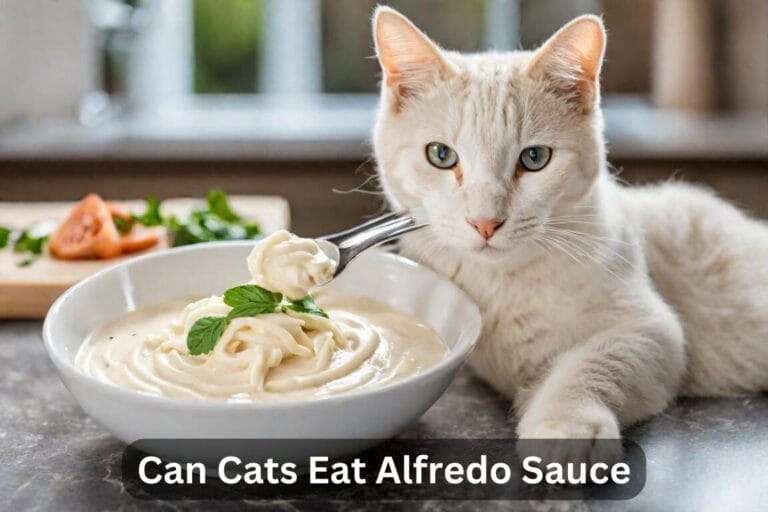
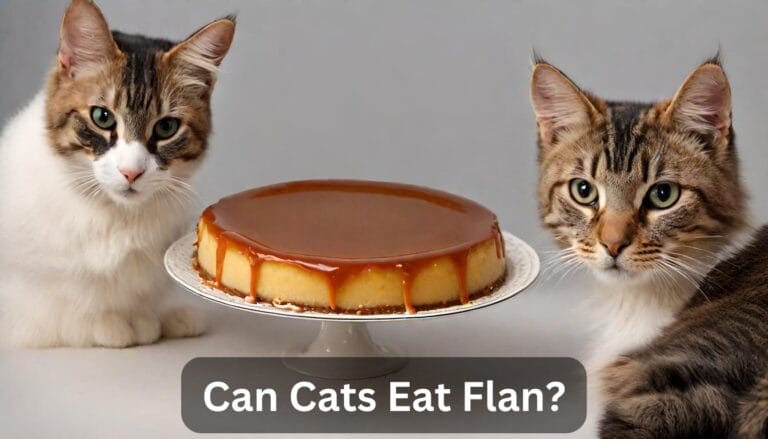
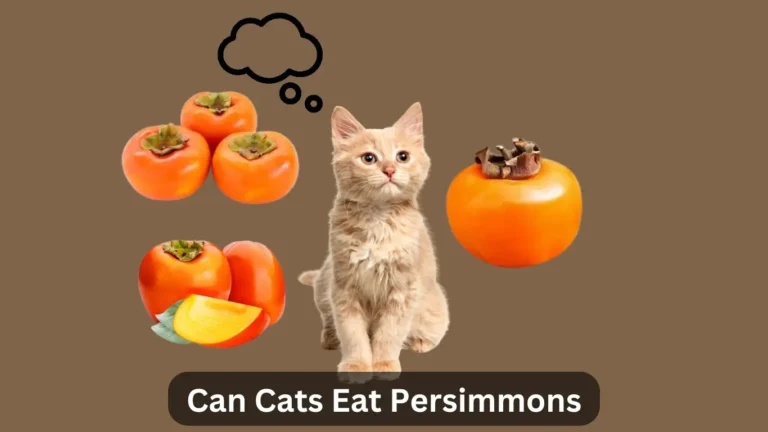
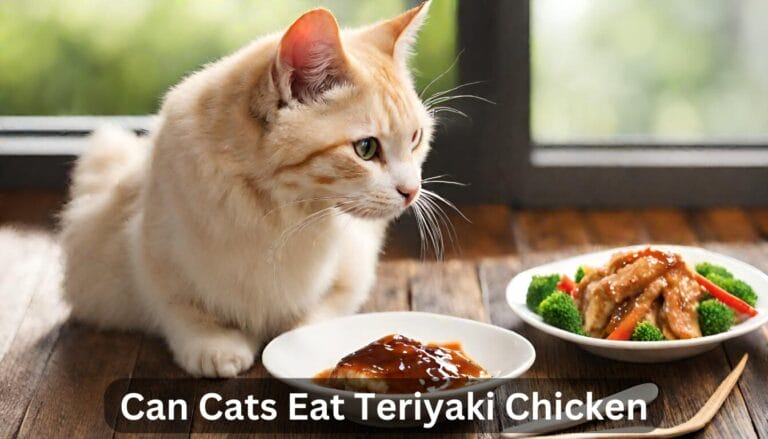
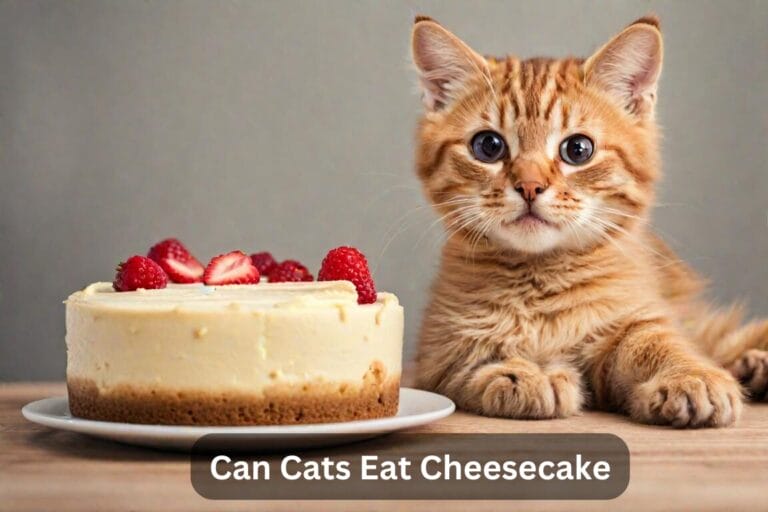
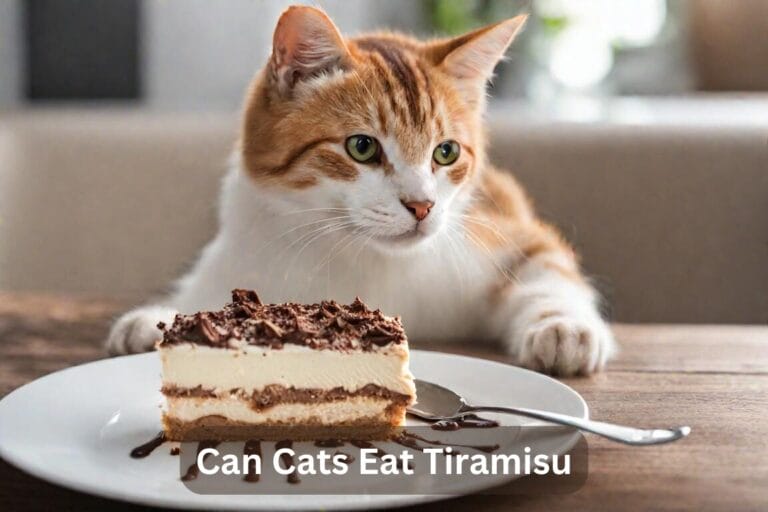
2 Comments